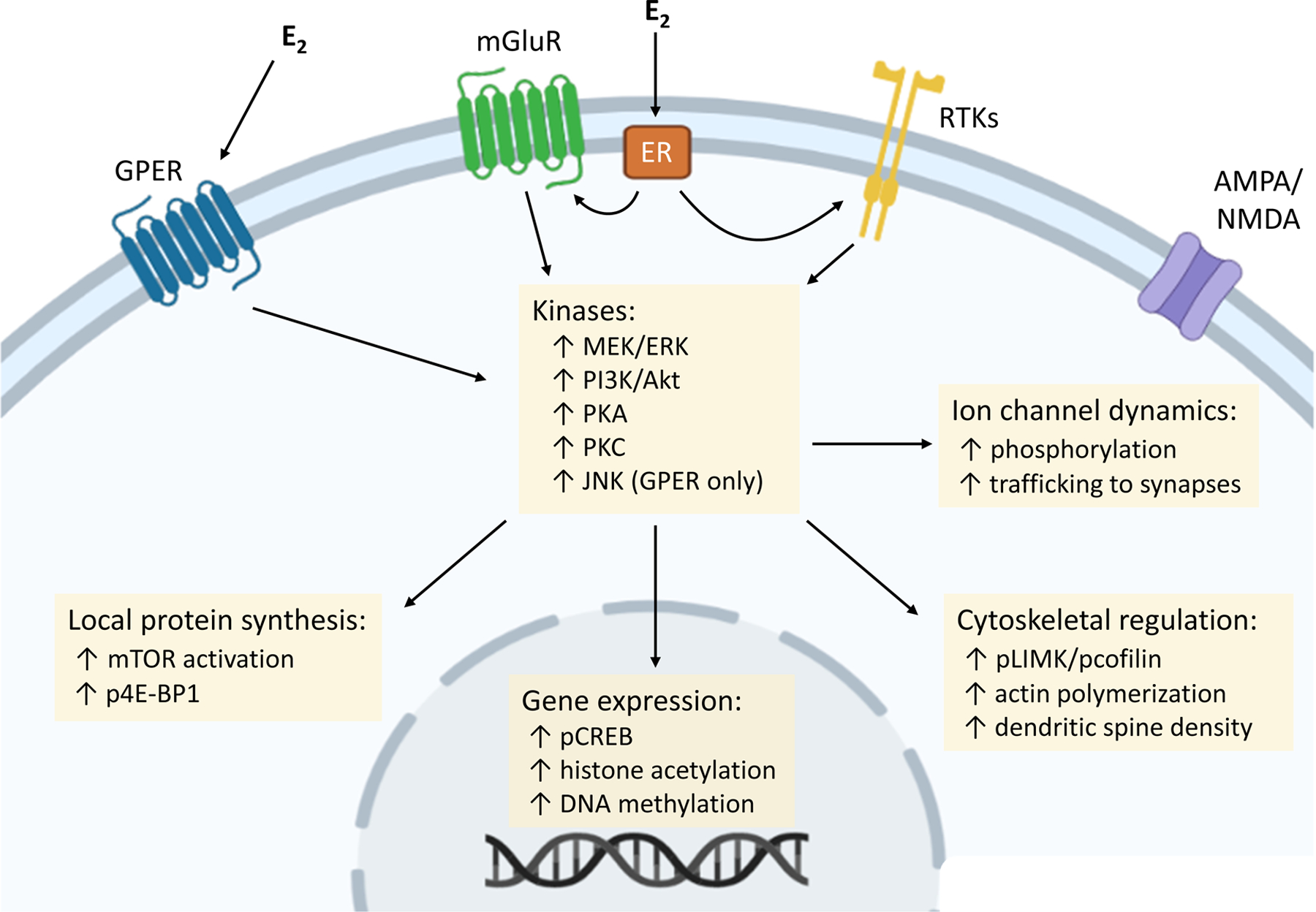Fig. 1 |. Membrane-initiated oestrogen signalling and downstream intracellular events.

Intracellular processes are initiated by 17β-oestradiol (E2) binding to the G protein-coupled oestrogen receptor (GPER), or functional interaction between the canonical oestrogen receptors (ERα and ERβ) and other receptors located at the membrane (such as metabotropic glutamate receptors (mGluRs)). Several kinase cascades, key for the memory-enhancing effects of E2, rapidly increase activity in response to membrane-initiated signalling events. ERα and ERβ seem to trigger similar kinases, whereas GPER activates distinct signalling pathways such as JUN N-terminal kinase (JNK). In turn, kinase activity facilitates additional regulatory processes, including protein synthesis, ion channel phosphorylation and trafficking, gene expression, and cytoskeletal regulation. AMPAR, AMPA receptor; ERK, extracellular signal-regulated kinase; MEK, mitogen-activated protein kinase kinase; mTOR, mechanistic target of rapamycin; NMDAR, NMDA receptor; p4E-BP, phosphorylated 4E-binding protein 1; pCREB, phosphorylated cAMP response-element binding protein; PI3K, phosphoinositide 3-kinase; PKA, protein kinase A; PKC, protein kinase C; pLIMK, phosphorylated LIM kinase; RTK, receptor tyrosine kinase
